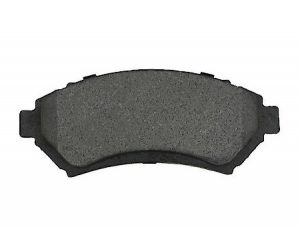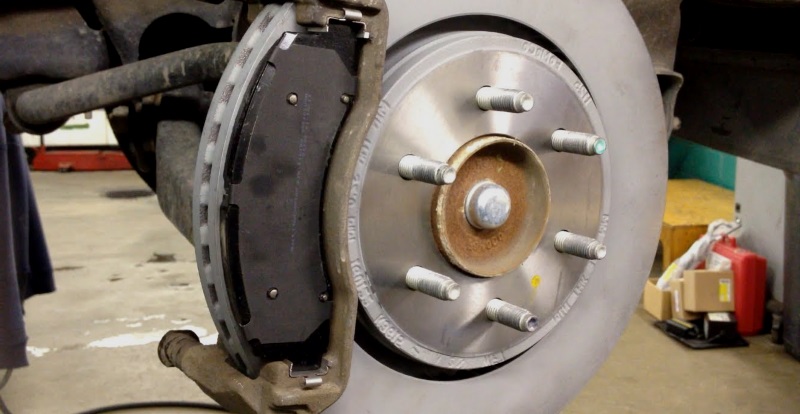All you need to know about brake pads, Hamilton-style

Alright, if you’ve ever wondered what’s actually doing all the stopping when you hit the brakes out on Avalon Drive or coming up to those lights on Anglesea St, it’s your brake pads doing the grunt work. Brake pads aren’t just a fancy bit of kit – they’re the main bit standing between you and a bumper-bender, especially with all the potholes, speed bumps, and stop-start traffic we see in Hamilton and around towns like Ngaruawahia, Cambridge, or even out in Morrinsville.
Your brake pads clamp down onto the brake rotors (that’s the big metal disc). Most cars have two pads per wheel, and when you’re running the missus’ Honda Jazz through a busy Five Cross Roads, or the work Hilux over the hill to Te Awamutu, those pads are all that’s helping you come to a safe stop.
If you’ve got something a bit older, maybe a ‘90s Toyota Lucida or a classic Mazda Familia, you might still have brake drums out the back, which is normal. A fair few modern rides still use drums on the rear too, even some of those European hatchbacks.
When should you get new brake pads in?
Honestly, don’t wait until your brakes are making that lovely screech or the car’s wobbling to a stop outside The Base. Most brake pads in Hamilton driving – we’re talking daily runs from Rototuna to Hillcrest, bit of motorway, maybe skip out to Raglan on the weekends – you should get around 50,000kms out of them, give or take. If you’re towing the garden trailer or always heavy on the pedal (looking at you, Civic Type R owners), they’ll wear out sooner.
If you push them too far, your stopping power drops quick. It can be dodgy if you need to pull up suddenly in Hamilton east after a rain, or with a kid runs out near Garnett Ave. Always better to sort your pads out before you lose that crisp, confident feel on the pedal.
How to help your brake pads last longer
Here’s a bit of workshop wisdom. We see this all the time on everything from Suzuki Swifts to big VW Touaregs:
- Ease onto the pedal. No need to slam it every time. Gentle braking round the Chartwell roundabouts helps heaps.
- Don’t tailgate, even in Hamilton’s morning gridlock. That way you’re not always jabbing at the brakes.
- Look ahead. If you know the lights at Ulster St are about to go red, back off early.
- Don’t ride the brakes. Resting your foot just makes ‘em wear faster, especially up the hills or around the uni with all those speed bumps.
What dodgy brake pads feel and sound like
We get folks in all the time with brake pads that are past it. Here’s how you’ll know something’s up:
- Squealing or screeching noise – not just annoying, it means the pads are getting thin.
- Grinding or scraping sound? That’s bare metal. If your Peugeot 208 or Subaru Forester does that, get in quick or you’ll wreck your rotors too.
- Longer stopping distances – if you notice your Yaris doesn’t pull up as sharp as it used to, could be the brake pads.
- Spongy pedal or needing to press harder – another classic sign.
- Vibrating brakes – you’ll feel it wobble through the pedal. Pads (or rotors) need checking.
Get your new brake pads installed in Hamilton
If your brake pads are getting a bit dodgy or you’ve just failed a WOF, don’t muck about. Bring your car in. One of our experienced techs at Grimmer Motors will check the lot – pads, discs (rotors), calipers, and brake fluid – and get you sorted safely for all those Waikato roads.
We also handle brake shoes and drums, brake hoses, and pretty much anything else that’ll help you pass your next car service or WOF in Hamilton.
For new brake pads around Hamilton and the wider Waikato, pop in to Grimmer Motors, or Book Now

